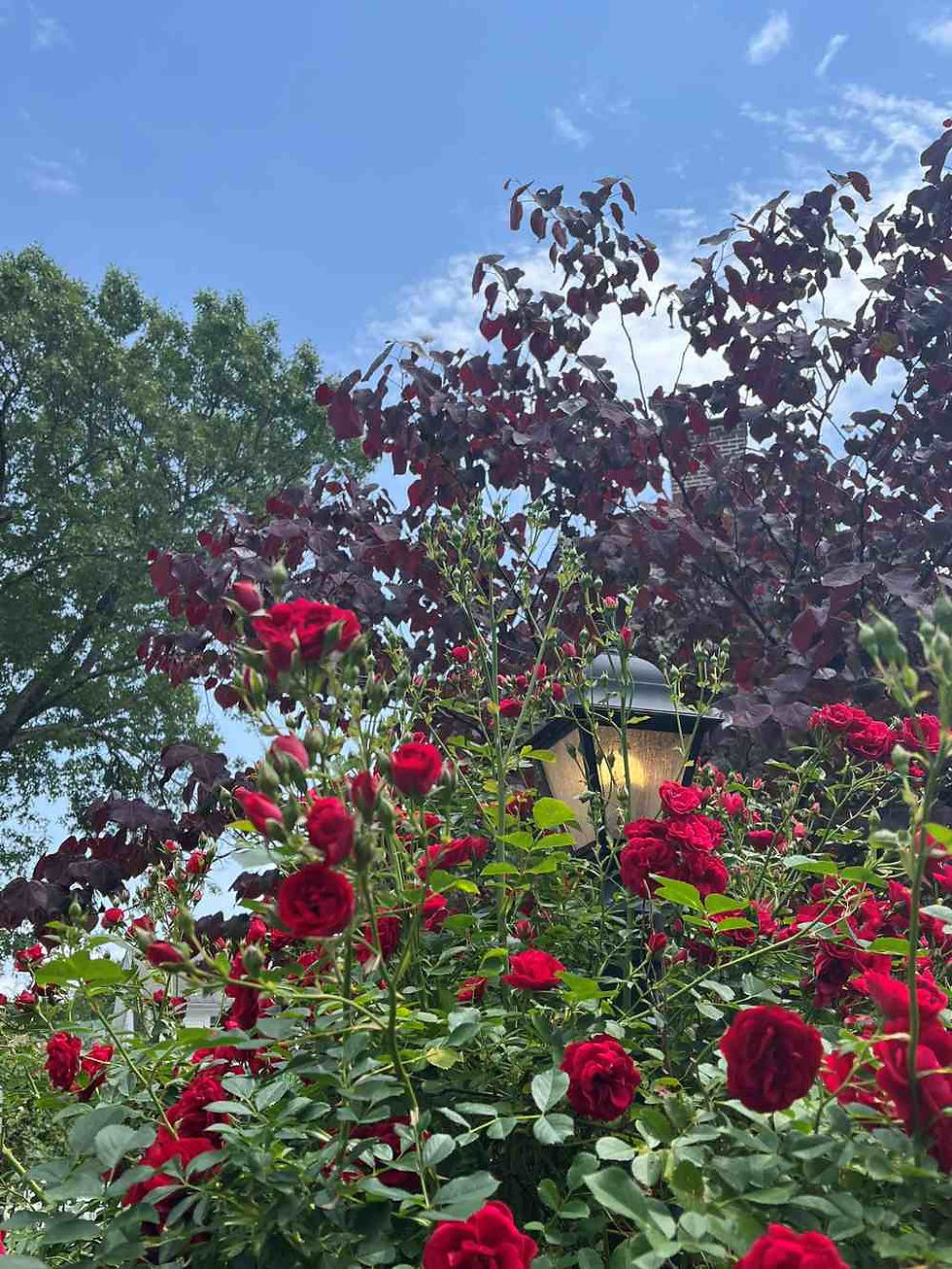A Still Life Study in Different Mediums: Water-Based Oils
- LaCalaveraCat
- Sep 7, 2023
- 3 min read

Image source: Merlina McGovern
It’s been quite a while since I’ve gone back to my lemon and lime painting study (hm…I wonder why I always write “lemon and lime” and not “lime and lemon”? The first order just feels so natural to me—a topic for another blog post, I suppose). For my previous outings, I had painted this fruity still life using gouache paints and watercolors.
The watercolor study, funnily enough, was the easiest for me. I think it’s because watercolors are a medium that I have the most experience in by now. I know how to use the differential between wet and dry paper to get the colors to move where I want them to move. And I’m far less likely to get stuck trying to use too many colors. I have become familiar with a basic set of colors, and I’m confident in how they will mix together.
Gouache still has me a bit stymied. I have a hard time getting the consistency of the paint just right. I want it to flow and not be clumpy, but if I use too much water, it will be transparent and not opaque. I’ve also discovered that I’m probably using too small of a brush when I paint with this medium.
And that is something that I have learned with my water-soluble oil paints. I’m the least knowledgeable about oil painting. I’ve been afraid of using it because it feels harder to set up and harder to clean up. But, actually, this project has increased my comfort level with the medium immensely. Because the paints are water-soluble, I don’t have to worry about stinky solvents to thin and clean the pigments from my brushes. And because the paints take so long to dry, I can just leave the bits of paint that I’ve squeezed from tubes onto my paper palette overnight, and the colors, mixed in just the right quantities that I want, stay fresh for my next painting session.
What I also love about oil paints is that I don’t have to spend a lot of time sketching out my subject with pencil. I can just sketch with an underpainting. In the following picture, you can see the underpainting that I made using just burnt sienna. Actually, this painting is one step further along, because I started painting in the cadmium red medium hue background. In oil painting, it’s nice to have that sketch underpainting. Because I chose a warm colored underpainting tone, that warmth will stay through the layers of paint that I put down. Looking at these photos, I’ve now realized that I should have painted the entire background with the burnt sienna instead of leaving large white spaces. Something to do for my next project!

Image source: Merlina McGovern
You can do underpaintings in oils because the paint takes so long to dry. If I don’t like where a line has gone, I can just wet a piece of paper towel and lift off the offending stroke. I can also paint an entire section and use a wet towel to lift off paint to create highlights, allowing me to essentially sketch out the values and shapes of my painting before I actually commit to a full color palette.
What I learned as I painted was that I needed to focus on those larger strokes and on layering on paints. In the next photo, I thought I was done, but I was entirely unhappy with the wood background and the shapes of the fruity. Stepping away from the painting a bit, I decided to use my large brush and go over the wood with a lighter mixture of browns and reds (mixing in a bit of white). That layer smoothed out the wood and left me with a texture that looked like the wood grain effect I was trying to achieve.

Image source: Merlina McGovern
I decided to do the same thing with the limes, using a larger brush with viridian and phthalo blue to smooth out the shape of the limes. I probably should have done the same thing with the lemon, but that is a lesson that I will practice on another painting.
I’m fairly happy with the result of the final painting (in the image at the header of this post). Of the three paintings that I’ve done so far, the oil version is the one that I’m most happy with. I am happy with the colors that I achieved, and I really enjoy the process of oil painting. I now have a goal to practice more with oils so that I can achieve a more realistic feel to the paintings. I know there is a school of thought that wants to show the process of the painting in the brush strokes, but I love the process of blending the edges to make my transitions smooth.
I am now ready for my final study of this series: colored pencils.




Comments